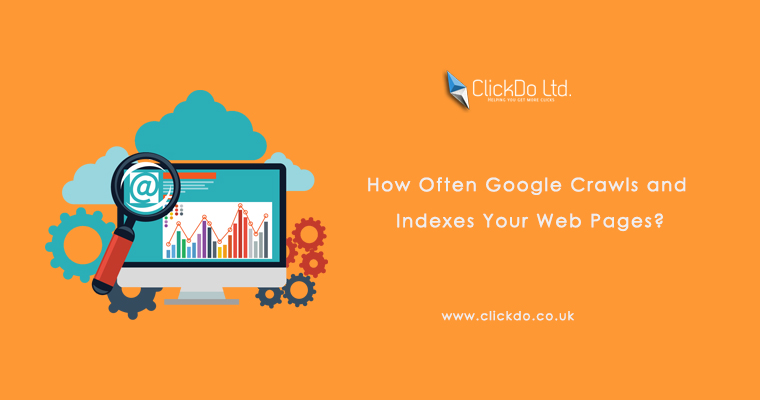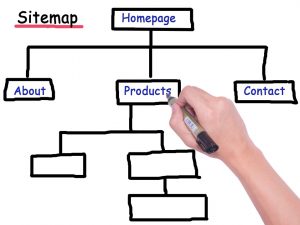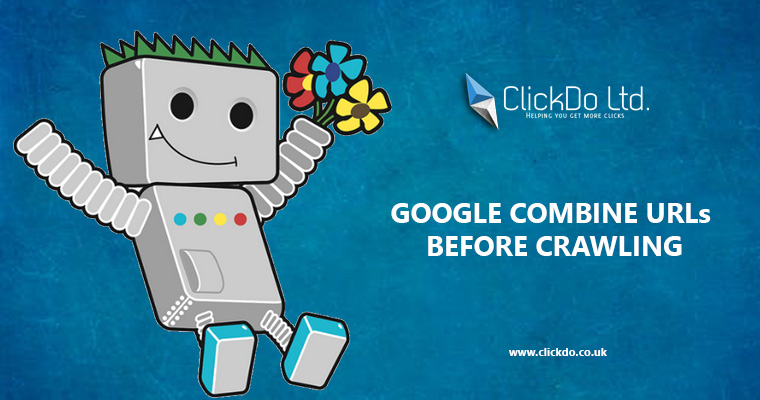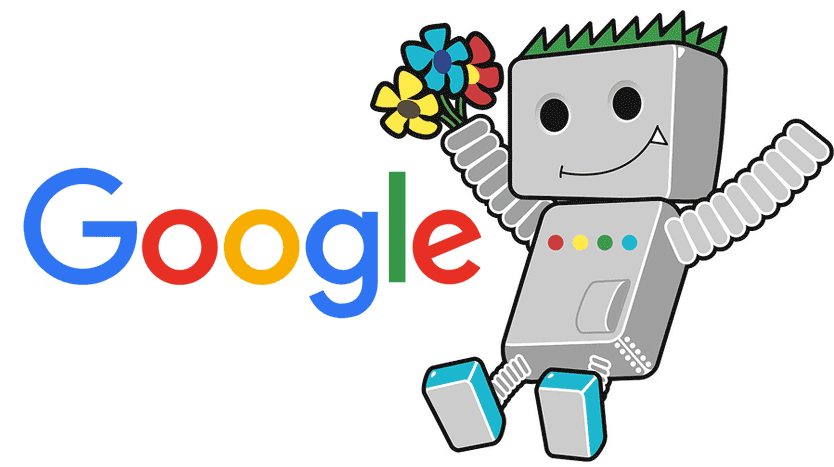How Often Google Crawls and Indexes Your Web Pages?

Google receives the maximum number of search queries daily when compared to the other search engines. It is important to know about the working of Google search to make our website to perform well on the Google SERP.
Google Crawling & Indexing:
Google crawlers or Google bots is basically a bot which visits the web pages on the Internet and indexed them to the Google Index servers.
 When the user makes any search query, Google pick the search results from these index servers and then displays it on the SERP.
When the user makes any search query, Google pick the search results from these index servers and then displays it on the SERP.
Google Bot visits the particular web page and follows the links on that page to discover the new pages,
This process repeats and many new web pages are discovered.
Based on the ranking factors, the discovered new pages are ordered and stored in the Index servers of the Google.
Making the web pages to be easily crawled and indexed by the Google search will make the users to easily find your web pages.
As a website owner, you can make the crawlers to visit your web page and discover new pages by creating and submitting the XML sitemap.
The XML sitemap will contain all the URL’s of your webpage and also the attachments present in your web page.
When you are creating and submitting the XML sitemap, you should check for the errors before submitting.
You can enter the URL of the sitemap and click on “Test” before submitting,
Google search console will display the errors if it contains any.
If the XML sitemap doesn’t contain any error, then you can proceed with the sitemap submission.
Thus if you need your website to be displayed on the Google search for the potential terms, then you should make your website to be indexed on the Google Servers.
As an SEO Consultant, this is the initial step you should take to make your website appear on top for the potential search terms.
If you make any updates in the content or in the On-Page of your website,
then you can help the Google to crawl and index the updated webpage by submitting the XML Sitemap.
Usually, XML Sitemap will contain separate paths for the Posts, Pages and the media files, This will ensure that all the posts, pages and the media content are well indexed by the Google.
 How Often Google Crawls and Indexes?
How Often Google Crawls and Indexes?
Google’s John Mueller recently gave some insights about the time-frequency that a crawler takes to revisit some websites or web pages.
He stated that the time-frequency is not fixed, that is in some web pages the Crawlers may visit daily once or weekly once or even two months once.
In some web pages, the bots may visit and crawl six months once or even more delayed.
So the frequency of crawling and indexing your web pages is not fixed.
Hence it’s up to you to make the Google understand that some changes are made in your website.
If you make any changes in your website or if you create any new pages.
Then you can submit the sitemap or use the “fetch as Google” option in the search console to make the Google discover the new changes that you made in your website.
Another way that you can make the new updated web page to be indexed soon by Google is that sharing in social media’s and in platforms like Google+
Importance of Site Map for Website Indexation:
Web source is dynamic and keeps changing every day. It’s always important to make sure that your website changes are properly indexed by Google.
This will help you to maintain the ranks of your web pages on the top of the Google SERP for the potential keywords.
XML Sitemap will contain all the URL’s of the web pages and the posts present in your website. Also, the sitemap will contain the URL’s of all the attachments like media files present in the website.
Submitting the XML sitemap to the Google will make sure that all the URL’s present in your website are properly crawled and indexed by the Google.
For instance, if you make any changes in your website, you can make sure that the particular change you have made is indexed by Google by re-submitting the XML Sitemap.
To submit the XML Sitemap, the search console (Webmaster Tools) should be properly linked with the Website.
The other simple way to index the content to the Google is by sharing the page in the Google Plus. Sharing in Google Plus will make the webpage to crawled by Google.
By default, sharing in Google+ will make the Google Crawler to fetch your site.
As a business people, you can get in touch with ClickDo Ltd to optimize your business website and rank on top of the Google Search for the potential terms.


 Google Crawlers will initially follow all the URL’s in the XML sitemap and will index them
Google Crawlers will initially follow all the URL’s in the XML sitemap and will index them  Make sure that the sitemap doesn’t have any errors while you are submitting.
Make sure that the sitemap doesn’t have any errors while you are submitting.
